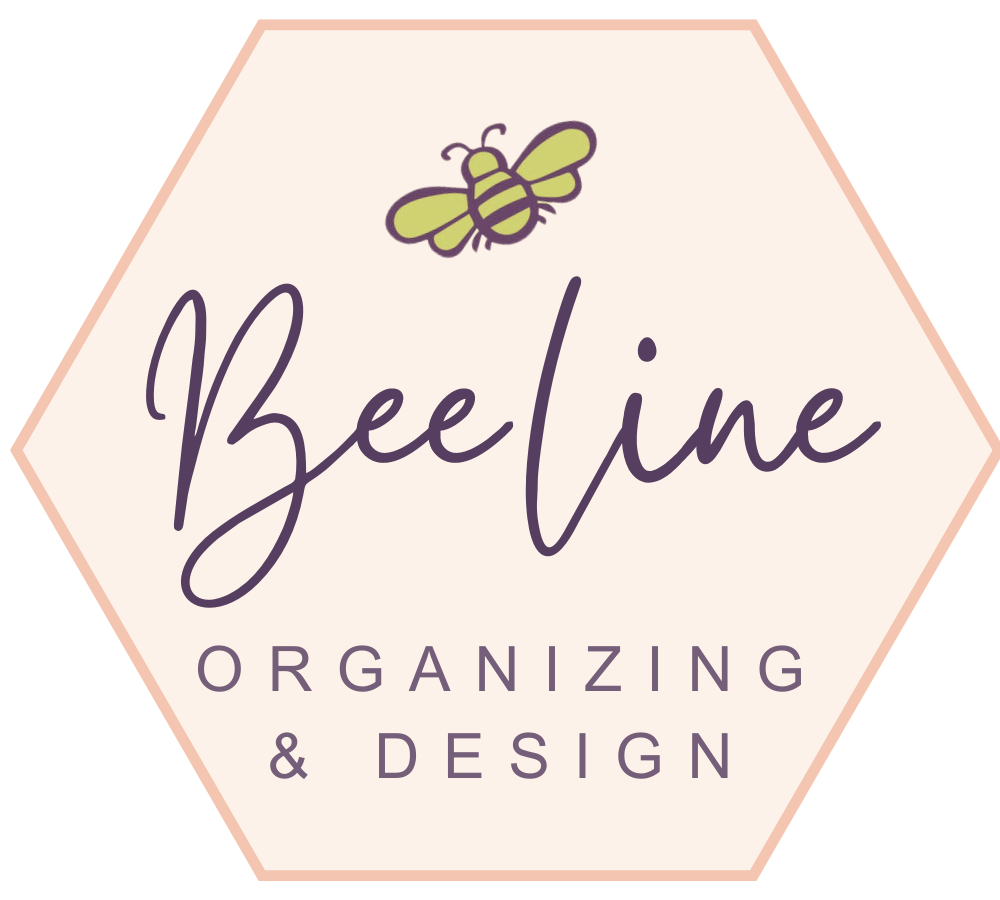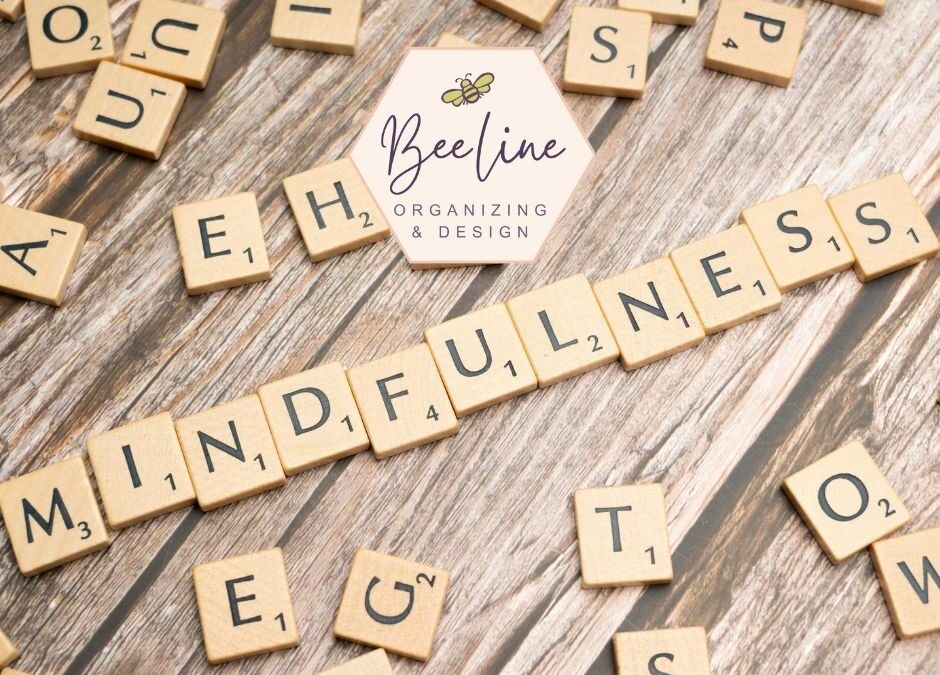Mindful Organizing
In a world that moves at the speed of notifications, the art of mindful organizing offers a quiet antidote. This approach isn’t about perfection or rigid rules; it’s about creating spaces, schedules, and habits that support clarity, focus, and well-being. By weaving mindfulness into organization, we can reduce overwhelm, increase productivity, and cultivate a calmer, more intentional daily life. This post explores what mindful organizing looks like in practice and how to implement it in everyday routines.
What mindful organizing means
Mindful organizing is the practice of approaching tasks, spaces, and commitments with awareness, intention, and compassion for oneself. It combines the clarity of practical systems with the presence of mindful awareness. Rather than chasing an endless to-do list, mindful organizing invites you to:
- Acknowledge your energy patterns and work with them, not against them.
- Design environments that reduce friction and support focus.
- Prioritize tasks based on meaning and impact, not merely urgency.
- Create routines that honor rest, attention, and well-being.
By centering mindfulness within organizational practices, you build a sustainable system that adapts to changing needs and reduces chronic stress.
Setting up a mindful workspace
A calm, functional environment is foundational to mindful organizing. Start with small, intentional changes that have a big impact:
- Declutter with purpose: Keep only items that serve a clear function or bring joy. Let go of the rest to reduce visual noise.
- Create zones: Designate specific areas for work, relaxation, and creative thinking. Clear boundaries help maintain focus during work blocks.
- Use sensory cues: Soft lighting, pleasant scents, and comfortable seating can make tasks feel less onerous and more inviting.
- Establish a visual reminder system: A simple, uncluttered board or digital dashboard can help you track priorities without becoming overwhelmed.
- Implement a “one touch” rule: When you pick up an item or file, decide its next action and complete it if possible.
A mindful workspace supports smoother transitions between activities and helps you stay anchored in the present moment, even during busy days.
Personal workflow design
Effective mindful organizing starts with a workflow that respects your rhythms and cognitive load. Consider these elements:
- Time-blocking with intention: Allocate blocks for deep work, administrative tasks, and breaks. Tailor blocks to times of day when you’re most productive.
- Single-tasking over multitasking: Mindful organizing benefits from focusing on one task at a time. Completion builds momentum and reduces cognitive fatigue.
- Clear decision criteria: Define what constitutes a worthy task, a distraction, or a derailment. This helps you avoid “action paralysis” and keeps you moving forward.
- Rituals that support focus: Short routines before starting work, such as a quick breathing exercise or a five-minute plan, signal to your brain that it’s time to focus.
- Gentle review processes: End your day with a brief reflection on what worked, what didn’t, and what to adjust, rather than a harsh critique.
A personal workflow designed around mindfulness helps you conserve energy for tasks that truly matter and reduces the mental clutter of competing demands.
Digital mindful organizing
In the age of information overload, mindful organizing extends to our digital lives as well. Consider strategies that simplify channels of communication and information storage:
- Inbox and file management: Use a simple, consistent folder structure and a routine for processing emails and documents. Move items to archive or delete when they no longer serve you.
- Digital minimalism: Unsubscribe from unnecessary newsletters, disable nonessential notifications, and consolidate apps to those that truly add value.
- Searchable but streamlined data: Tagging and naming conventions save time later. When you can locate what you need in seconds, your day becomes more fluid.
- Automations with intention: Automate repetitive tasks, but review automations periodically to ensure they still serve your goals.
- Backups and security: Regular backups reduce stress and protect important information, reinforcing a confident sense of control.
Digital mindful organizing helps you reclaim attention and protect the hours available for meaningful work.
Mindful scheduling and stress reduction
Mindful organizing isn’t just about where you put things; it’s also about when and how you schedule. Thoughtful scheduling recognizes that well-being fuels productivity:
- Build realistic calendars: Avoid overloading days. Leave buffer time for transitions, meals, and rest.
- Respect energy highs and lows: Schedule demanding tasks when your energy is highest, and reserve lighter tasks for recovery periods.
- Plan a dignified end to the day: A closing ritual, such as a quick review and preparation for tomorrow, can ease the transition from work to rest.
- Integrate breaks as part of the plan: Short, intentional breaks prevent burnout and sustain creativity.
- Practice compassionate boundary-setting: It’s okay to decline or delegate when a request would strain your balance.
By treating scheduling as a mindful practice, you create space for steady progress without sacrificing your health.
Measuring progress without guilt
A common pitfall of organized living is equating productivity with self-worth. Mindful organizing asks you to measure progress in a healthier way:
- Track meaningful outcomes, not just completed tasks.
- Notice patterns of energy and focus to improve scheduling.
- Celebrate small wins and learn from setbacks without self-judgment.
- Use reflection as a learning tool rather than a source of pressure.
- Adjust systems gently when they no longer fit your life.
This approach keeps you moving forward with curiosity and kindness toward yourself.
Final thoughts
Mindful organizing offers a practical path to calmer, more intentional living. By combining clear systems with present-moment awareness, you can reduce overwhelm, increase focus, and make space for what truly matters. Start with a small, doable change, perhaps a single organizing ritual or the simplification of your digital workspace, and gradually expand your mindful organizing practice. Over time, you’ll likely notice a smoother daily rhythm, more energy for meaningful work, and a sense of control that grows from within. If you embrace mindful organizing as a daily discipline, you’ll create sustainable habits that support both productivity and well-being.
Visit our main blog page for more helpful articles on organizing and decluttering

